Tips for Buying a Marine VHF Radio
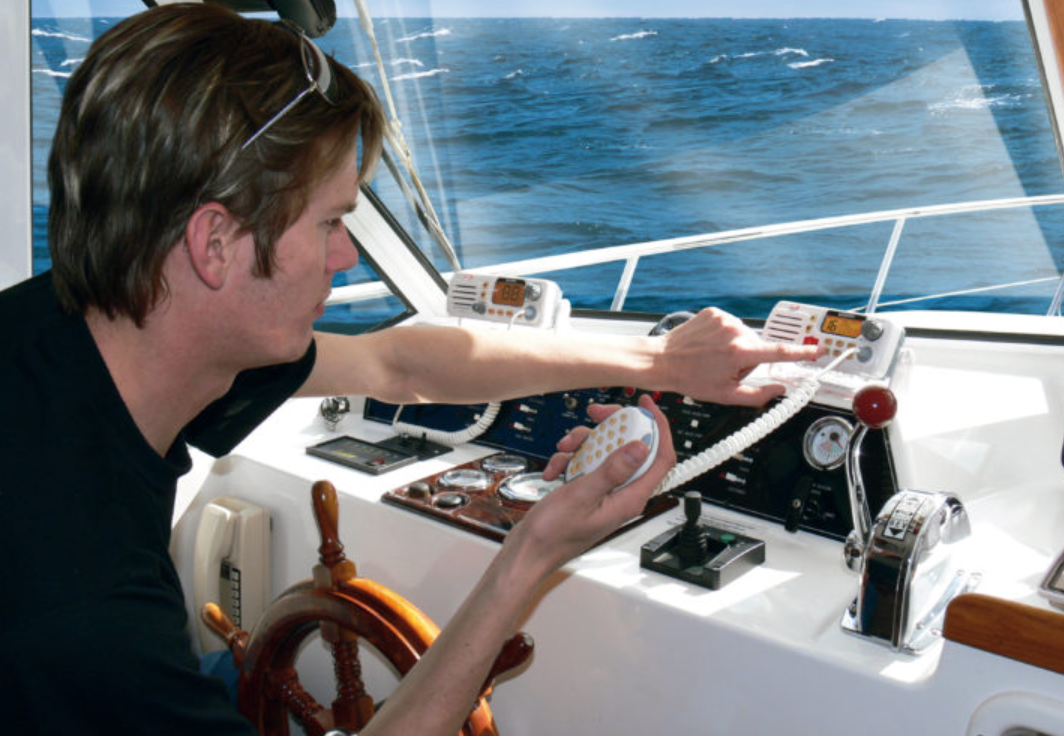
There are a couple of basic things to consider when considering a marine VHF radio. First, do you want a fixed unit or handheld? Secondly, how much do you want to spend? With so many makes and models to choose from it is easy to base the decision on dollars instead of performance.
Remember that any VHF radio is only as good as the antenna attached to it. So when you are shopping for a VHF, you are also shopping for an antenna. In the case of handhelds, you have little choice, although most can now be linked to fixed antennae as well to enhance their power.
Not surprisingly, you get what you pay for when buying a VHF and cheaper units may not always have the receiver performance to match the higher priced units. Forget about the transmitter performance for two good reasons. First, radios are limited to a 25-watt maximum output. Second, due to the nature of VHF communications, the range of any comparable sets is least affected by the power out than by the antenna. A rule of thumb is that a cheap radio with an excellent antenna will outperform an expensive radio with a cheap antenna every time.
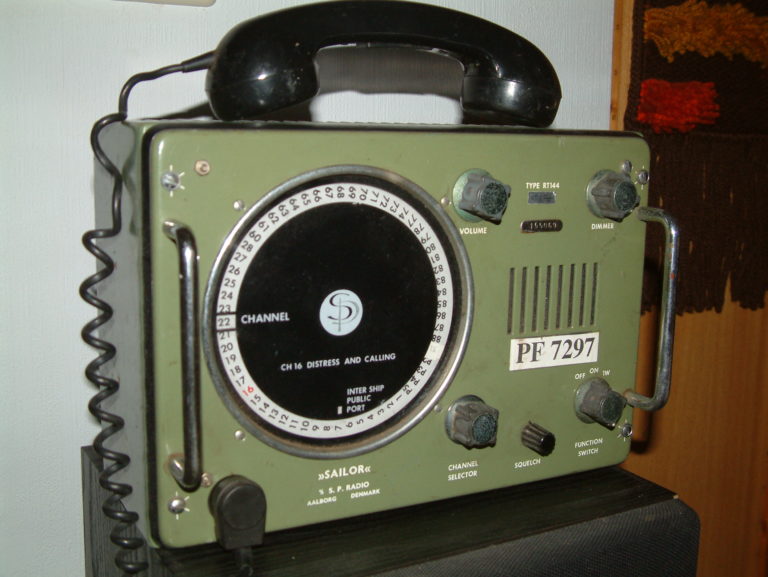
Splash or Water-Resistant
If you decide on a handheld, check if it is waterproof or just water-resistant. Drop a fully waterproof unit in the water and the chances are it will still work. The same cannot be said for one that is water-resistant or splash-proof. There are also excellent plastic covers available for handhelds that will keep salt spray and rain off your unit.
The grade of waterproofing differs with each designating a level of capability. The higher the final number, e.g., IPX7 or IPX8 means the unit is capable of withstanding more exposure to water. It also pays to check he operating time of the battery and the warranty being offered. Size and weight come into play, but most units are reasonably compact. Handhelds obviously can be stored anywhere or mounted in a dedicated holder that’s easy to get to when required. With a fixed unit, you have the choice of mounting it flush or in a bracket.
Some models come with a flush-mount kit, while others have it as an option. If you do go for a fixed unit, then consider where you are going to place it on the boat. Generally, fixed-mount units are only splash proof and don’t like to be liberally doused in salt water. There are some units that manufacturers promote as being waterproof. These would be fine if you need to mount the VHF outside in an exposed area.

Cost, Coverage and Communication
The beauty of VHF can be summed up with the three “C’s” ..Cost, Coverage & Communication. Operating costs are basically free with the exception of a small annual license fee that is charged cover system maintenance. Equipment costs are low and you can get a good set, including an antenna, for less than $300.
VHF coverage is based on “line of sight,” which means that the radio waves don’t go around corners. However by locating a repeater in a prominent location that is visible from many places, it’s possible to get excellent coverage over a wide area even from a small handheld.
For communications at sea, VHF is preferable to a cell phone. The nature of the system, a limited number of channels spread over a wide area, means that calls are quite public and can literally be heard by anyone who cares to listen. This is the system’s strength and weakness. If you want privacy use a cell phone as long as you have a signal.
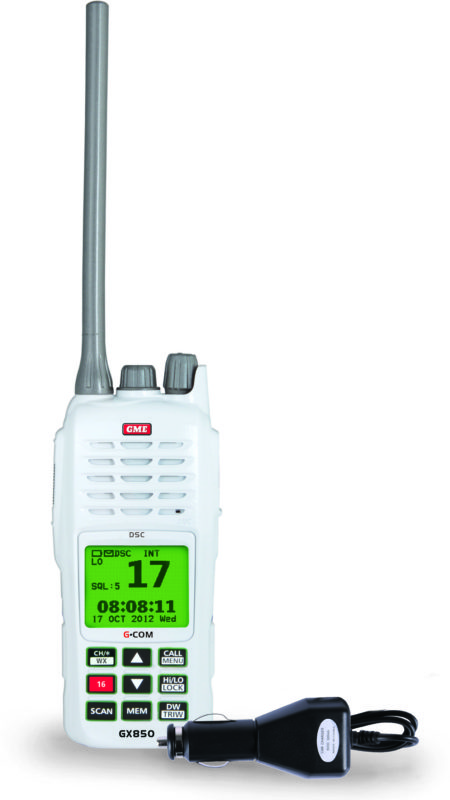
Antenna Answers
As already mentioned, a VHF is only as good as its antenna. Nothing beats a good antenna system for giving you a powerful radio signal. A marine VHF antenna and a lighthouse have something in common. Did you ever wonder why the light beam from a lighthouse is so bright? An optical lens concentrates ordinarily wasted vertical light waves back down to the horizon for a more powerful illumination.
VHF antennas take the normally wasted vertical component of a transmitted signal and beam it down close to the horizon, where it will do the most work for VHF transmitter and receiver. Just like a Fresnel lens, a quality VHF antenna may intensify a transmitted signal many times beyond the actual rated power of your set.
Within the fiberglass tube are matched and stacked antenna elements, strategically placed end-to-end for maximum low-horizon gain. The more elements are stacked, the closer the signal will hug the horizon. This allows you to talk well beyond the expected range of your VHF set, and to hear and transmit signal further than everyone else around you with physically shorter antennas.
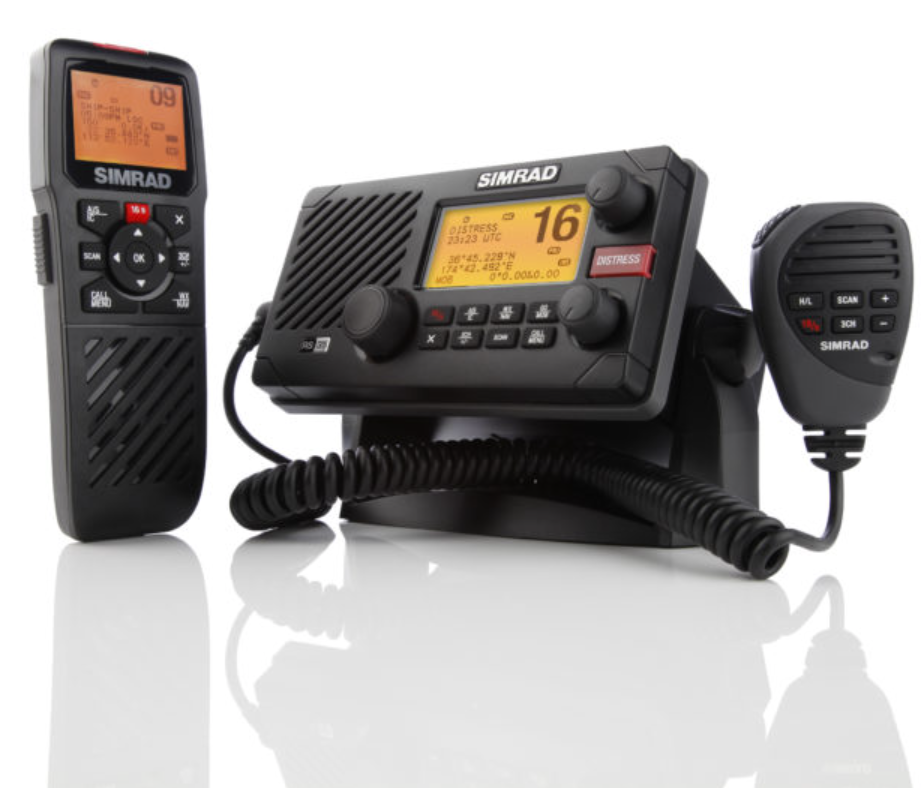
What dBi Gain Means
- 3 dBi = 2 times radio’s output power
- 6 dBi = 4 times radio’s output power
- 9 dBi = 8 times radio’s output power
(The subscript “i” refers to a reference theoretical isotropic (point source) antenna.)
Note: A 6 dBi antenna needs to be twice as long as a three dBi antenna.
Most metals will oxidize when exposed to salt spray, so this is why quality marine VHF antenna elements are encapsulated within a sturdy, yet flexible shaft called a radome. There is more inside a radome than just a little piece of wire. Carefully tuned elements are securely joined, end-to-end, to form a vertically stacked colinear array that is pulled into the radome and firmly positioned to prevent rattle and fatigue. These tuned elements are critically designed to provide the best possible radiation of a transmitted signal and the best capture of incoming signals.
The bottom of the radome is fitted with a mounting ferrule and an ample supply of top quality coaxial cable for routing to a VHF set. Also, VHF antenna systems operate without any further need for a ground. The ground plate is built into the antenna network, so everything is in one nice, neat fiberglass radome (tube). If you plan on buying an antenna, go for the tallest that is practical for your boat. The higher the gain, the farther you are going to communicate.
At sea level on most trailer boats, a 6 dB antenna is ideal, although a 3 dB unit is okay. A variety of ratchet and built-in ‘lift ‘n’ lay’ mounts and fixed mounts are available. Some of the smaller antennas are ideal for hand-held VHF sets and will dramatically increase their range. If you have a VHF hand-held, you can double its effective radiated power output by going to a 3 dB gain antenna.
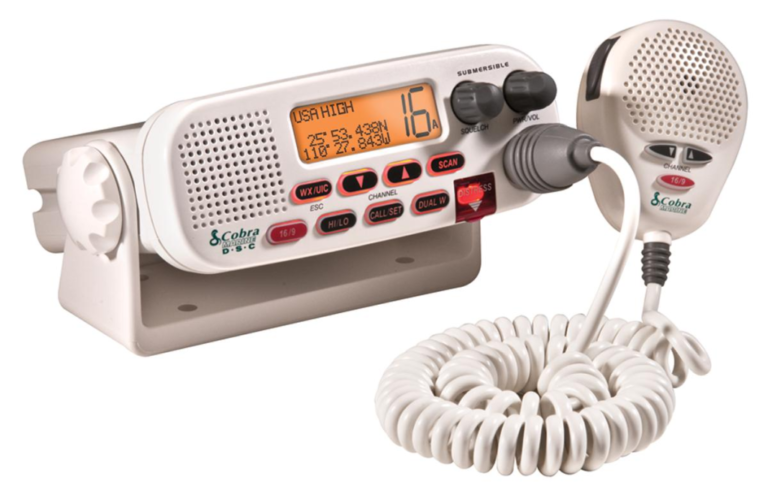
Frequent Antenna Questions
Q. Powerboat VHF antennas with 9 dB gain are reported “too high in gain” for boats in heavy seas. Is this correct?
A. A 9 dB gain antenna is suitable for a stable platform while 3 dB is best for smaller boats. However, on the water, generally a 9 dB-gain antenna, even on steep rolls, is a better performer than other antennas with a broader pattern and less gain.
Q. Can I paint my antenna?
A. You sure can, but be sure to use paint without a lead base. Latex paint is a good way to go.
Q. I fractured my antenna, will it still work?
A. The lightweight antennas feature flexible coaxial cable top elements on the inside. Even though the fiberglass is fractured and folds all the way over, the coax inside usually stays intact. Tape it back together until you can replace it.
Q. Should I cut off the extra coax I don’t need that is permanently attached to my VHF antenna system?
A. If it’s a VHF-only antenna, sure, cut the coax and solder on a new connector. Just make sure that you solder on the connector properly. Keep it as short as you like and don’t worry about cutting it at specific wavelengths. If it’s a combo VHF/CB, or the shortened CB antenna, leave the coax alone, it’s part of the antenna circuit. However, most cables are only 9.8’ to 16’3” (3m to 5m) so it shouldn’t need cutting.
Q. What’s a simple way to test my connections to see if my VHF antenna system is working properly?
A. Firstly don’t use an ohmmeter on the VHF lead-in because some antennas have internal circuitry that makes the feedline and antenna and connector look “open” or “shorted.” If you don’t have sophisticated meters, try this simple test.
- Tune in a distant VHF weather transmitting station.
- Disconnect the antenna plug and the station should become very weak or disappear.
- Insert just the tip of the coax plug into the radio socket and the station should reappear, weakly.
- Now, insert the tip and shell in the back of the radio and signal strength should increase slightly or significantly.
If this occurs, your antenna system is working properly. If when you slide on the outside shell, the signal completely disappears, chances are you have a bad solder connection at the connector, or although quite unlikely, something wrong within the VHF antenna.
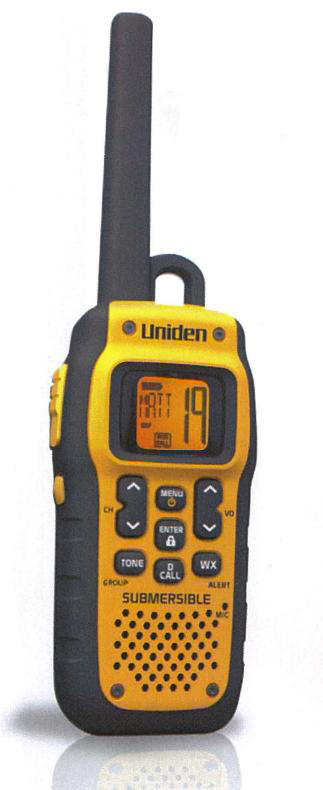
New Technology
In recent years, VHF technology has been improved to conform to international safety regulations and commercial and leisure users have benefited from this.
Global Maritime Distress and Safety Systems (GMDSS) regulations have stipulated that handheld VHF radios are rugged, waterproof, simple to use and easy to operate. This has dramatically improved the design and build quality of handheld VHFs.
Today’s handheld VHFs have come a long way since the first units from many years ago. Special features such as flotation and strobe lights, GPS and noise cancelling are commonplace. The battery life is longer, the units are lighter and tougher.
Check out what you are buying and just how good the VHF unit is. If you are going to be using it in an exposed area, consider the waterproofing. If you are going to mount it in-dash, make sure you have enough depth to fit it. The same goes for a bracket mounted unit, especially if it is tucked under the windscreen.
The latest floatable, strobe and GPS packaged handheld VHFs are different from the earliest VHFs that simply allowed you to make and receive calls. Even if you are not required by law to carry a VHF you should. Your mobile phone can only do so much and it is useless when wet.